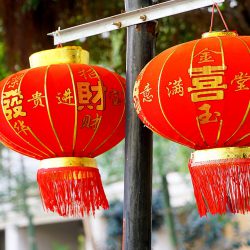Gong Xi Fa Cai is a common greeting you will hear during Chinese New Year. The Chinese New Year, also known as the Spring Festival, is a major holiday and a festive occasion celebrated in places with significant Chinese populations. This year, Chinese New Year falls on January 28.
In the Philippines, the Chinese New Year is much anticipated by the Filipino-Chinese communities. Many colorful customs and traditions are observed during this time, which are similar to those practiced in mainland China. Some of the more popular ones are the following:
CLEANING THE HOUSE
Before the Chinese New Year celebrations, people meticulously clean their homes. They scrub the walls, sweep the floor, change linens and dust the entire house. This is their way of showing respect to the family and their ancestors.

PAYING OFF DEBTS
People also pay off all their financial obligations before the Chinese New Year. Carrying any burdens from the previous year is believed to bring bad luck, so people try to settle all their debts.
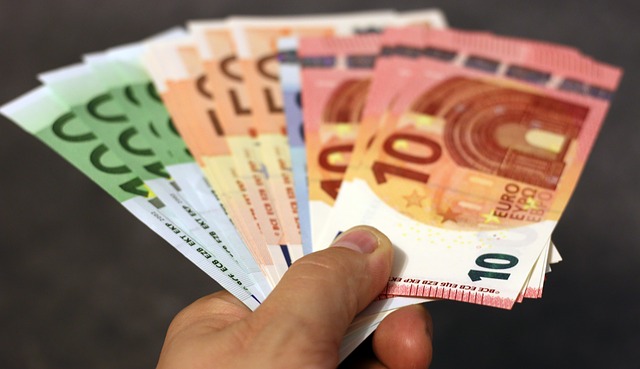
GIVING RED ENVELOPES
Giving red envelopes or hongbao is also a custom observed during Chinese New Year. These red envelopes contain money and is commonly given to kids as Chinese New Year gifts. The color red is a symbol of happiness and blessings. Giving away red envelopes bestows good wishes and luck upon the receiver.
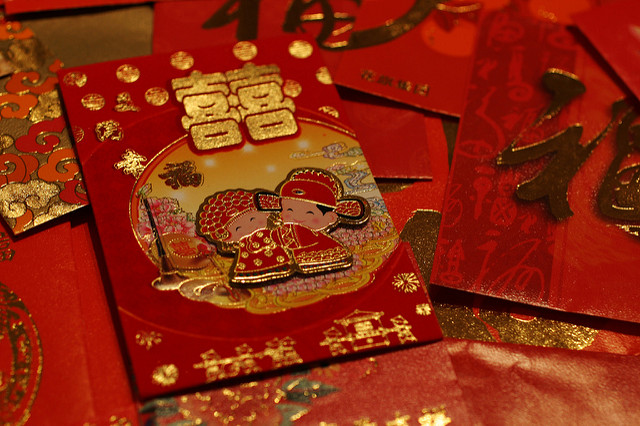
HAVING NEW YEAR’S EVE DINNER WITH FAMILY
The Chinese New Year is also the time where families get together. People usually have New Year’s Eve dinner at home where fortune food like fish, dumplings, spring rolls and longevity noodles are served.
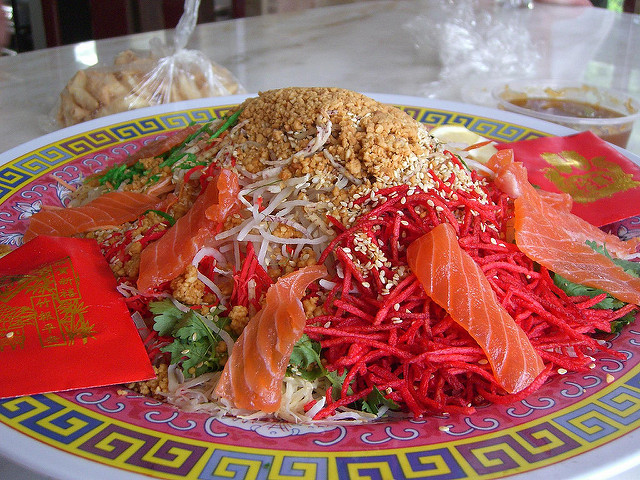
EATING NIAN GAO OR TIKOY
Nian gao or Tikoy in the Philippines is a sweet delicacy prepared from glutinous rice that is traditionally eaten or given away during the Chinese New Year. Nian gao means “higher year.” When you give someone nian gao or tikoy, it means you are wishing that person prosperity in the coming year.
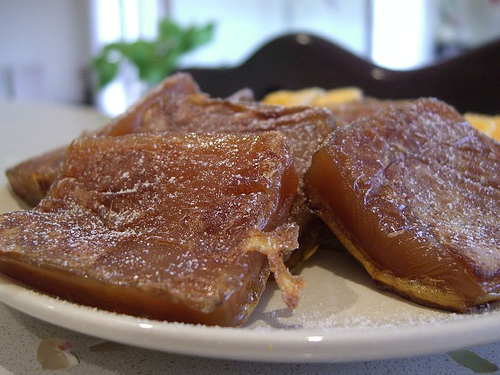
PERFORMING DRAGON DANCES
Dragon dances are likewise performed on the streets by people wearing colorful dragon costumes. A team of dancers carry the Chinese dragon on poles and mimics the movements of the dragon to the accompaniment of cymbals, drums and gongs. To the Chinese people, the dragon symbolizes power and prestige and is believed to bring good luck.

SETTING OFF FIREWORKS
![Photo credit: SebastienPoncet (Own work) [Public domain], via Wikimedia Commons](http://blog.egetinnz.com/wp-content/uploads/2017/01/By-SebastienPoncet-Own-work-Public-domain-via-Wikimedia-Commons.jpg)
The Chinese New Year celebration is not complete without fireworks. The Chinese believe that setting off fireworks when the clock strikes 12:00 on New Year’s Eve will drive away evil spirits and bring good fortune in the coming year.

